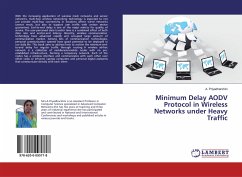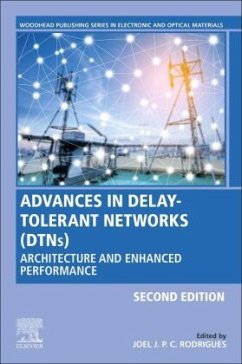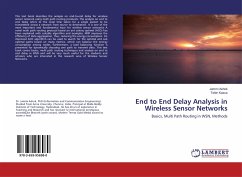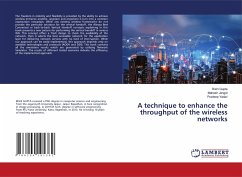
Minimum Delay AODV Protocol in Wireless Networks under Heavy Traffic
Versandkostenfrei!
Versandfertig in 6-10 Tagen
27,99 €
inkl. MwSt.

PAYBACK Punkte
14 °P sammeln!
With the increasing application of wireless mesh networks and sensor networks, multi-hop wireless networking technology is expected to not just provide multi-hop connectivity in locations where wired networks cannot reach, but also to support user traffic with certain service guarantees. End-to-end delay is one of the major metrics for quality of service. The user-perceived data transfer time is a combined effect of both data rate and end-to-end latency. Recently, wireless communication technology have advanced rapidly and occupied large amount of communication market. Among lots of communicat...
With the increasing application of wireless mesh networks and sensor networks, multi-hop wireless networking technology is expected to not just provide multi-hop connectivity in locations where wired networks cannot reach, but also to support user traffic with certain service guarantees. End-to-end delay is one of the major metrics for quality of service. The user-perceived data transfer time is a combined effect of both data rate and end-to-end latency. Recently, wireless communication technology have advanced rapidly and occupied large amount of communication market. Among lots of communication technologies, personal communication systems have good potential to be deployed in our daily life. This book aims to address how to archive the minimum end-to-end delay for regular traffic through routing. A wireless ad-hoc network is a collection of mobile/semi-mobile nodes with no pre-established infrastructure, forming a temporary network. Each of the nodes has a wireless interface and communicates with each other over either radio or infrared. Laptop computers and personal digital assistants that communicate directly with each other.












